
The newly appointed Building Committee went into action enthusiastically. Joseph C. Marsh, who was on the Committee, was appointed architect. The design of the red-brick building was simple and functional, resembling in many respects a small Victorian nonconformist chapel, furnished with materials of the highest quality. David Butler in his splendid book, 'The Quaker Meeting Houses of Ireland', mentions its simple and straightforward plan, but comments on "the architect's few exuberances (which) included an attractive octagonal bay on one side ... and some stained glass in the lobby facade".
In addition to the rectangular worship room, there was a porch, entrance hall with men's and women's cloakrooms adjoining and upstairs, a small committee room and tiered balcony. The major feature was the fine woodwork. The panelled wainscotting, ministers' gallery and doors were of pitch pine, as were the long heavy benches. Those who have moved these benches about can attest to their solid construction! The fact that the original building has changed little is a tribute to the good quality of the materials and fine workmanship of the builders. The contractors appointed were Collen Brothers, of Portadown, a firm which continues in business to the present day.
Albert Shemeld appears to have assumed in large part the task of fundraising. He was tireless in bringing the proposal before Friends in Ireland and used his contacts in England also to raise the necessary sum. Local Friends were limited in resources and adjoining meetings were perhaps reluctant to support wholeheartedly a project which would inevitably curb their own growth. Lists exist in Albert Shemeld's careful handwriting of the contributions received from near and far. For the general fund 476 individual subscriptions are recorded. The largest amount is £100 from Jane Green, the widow of the great philanthropist, Forster Green.
By January 1906 donations of £1375.19.6 had been received and the new Meeting House building was well under way. As the cost of the Meeting House buildings and furnishings was £1203.9.5 the committee was emboldened to continue its efforts to erect a dwelling house on the site and also to establish a fund that would pay the annual ground rent. The Cottage Fund brought in a total of £254.16.6. This permitted a larger house to be built than was originally planned with two extra rooms for the use of visiting Friends. At one time a further two houses on the site were contemplated, but that scheme was abandoned. The Ground Rent appeal brought in a total of £473.15.0. When this sum was invested it covered the annual outgoings comfortably. A final collection of £50.10.6. was made in 1910 to clear off all outstanding expenses and when the account was closed in 1911 a surplus of £10.6.11 was handed over to the Portadown Meeting treasurer, Capel W. Reid.
There does not appear to have been any special ceremony to mark the opening of the Meeting House. It would have been contrary to the principles of Friends of those days to arrange an elaborate function to mark the event. A simple notice in the Portadown News announces that the new meeting house in Portmore Street will be open for Public Worship from First Day (Sunday) April 8th 1906 at 11.00am and 6.30 pm. Sylvia Jess has a diary of her father, Aubrey A. Harding, in which he records cycling along with some other Young Friends to Portadown for the opening meeting. A plaque in carved sandstone on an outside wall clearly states 1905, but as often happens with building work the target may not have been reached in time. However, a Lurgan Monthly Meeting minute of March 1906 states:
"This meeting has been asked to constitute the allowed meeting of Portadown as a Preparative Meeting within our bounds. Unity having been expressed with the proposal we herewith agree to the establishment of Portadown as a Preparative Meeting with the desire that the Divine blessing may rest upon it."
The following month representatives from Portadown appear for the first time at the Monthly Meeting held at Moyallon. They were: Capel W. Reid, Robert Chapman, Albert Shemeld and Annie Bamber. In June of the same year Ulster Quarterly Meeting sessions were held in Portadown, as is the custom to the present day, and thus Friends from a wider area had an opportunity to inspect the premises. Minute 2 of that meeting states:
"We meet at this time in the new Meeting House in Portadown which was opened for public worship about two months since. We earnestly pray that our Heavenly Father may be graciously pleased to honour the gatherings which shall be held here from week to week with his Holy Spirit and that the worshippers in this house shall realize much of that joy which comes from waiting upon God and partaking together of that holy communion which the Spirit himself dispenses to his dependent children."
The Meeting House had a fine location not far from the town centre and occupied a pleasing vista at the end of Edward Street. This street was then a leading thoroughfare with the Town Hall and other important buildings and not blocked as it is now by security barriers. There was open country to the rear of the Meeting House and the green lawn and two Chile pines or monkey puzzles in front of Friends Cottage must have been an attractive feature in its urban setting. Friends Cottage itself was a modern building for its time with its entrance opening not directly on to the street but approached through the meeting garden. A special tile was used as roofing material and its success in this instance was featured in promotional material for the product. Stabling for horses was provided on the eastern side of the site and a shed between the rear of the Meeting House and the boundary wall provided cover for horsedrawn vehicles.
In the book of members published in 1907 there are 32 members listed and in addition 16 attenders not in membership. John W. Shemeld (father of Jack) appears as Clerk and Wm Jones Burrell as Treasurer. Sarah Shemeld was serving on the Ulster Q.M. Home Mission Committee. Members of the Sinton family of Drumnakelly are listed. This family has the longest continuous link with Portadown Meeting down to Rodney and Phyllis, their children, John and Gillian and Rodney's sisters, Pat Hewitt and Val Acton in the present day. There were undoubtedly visitors from other meetings in these early days. William Warburton Davidson, the retired Headmaster of Brookfield School, who lived at that time at Richhill, is reputed to have been a frequent attender. Meetings for Worship were held three times a week. On Sundays at 11.00 am and 6.30 pm and also on Wednesdays at 7.30pm. A Missionary Helpers Union Sewing Meeting was also held monthly in the Meeting House. Thus we can see that the fine new building was being well used and Friends were in good heart.

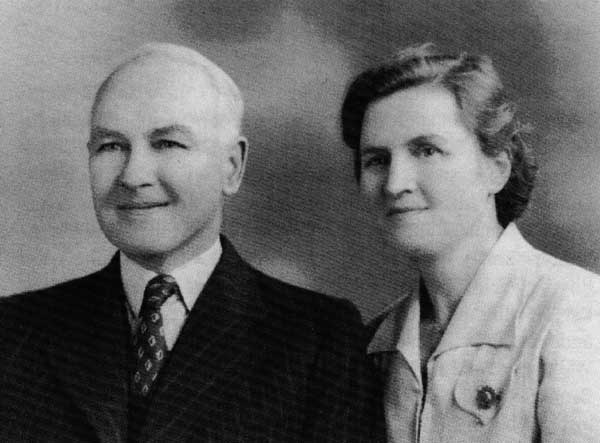
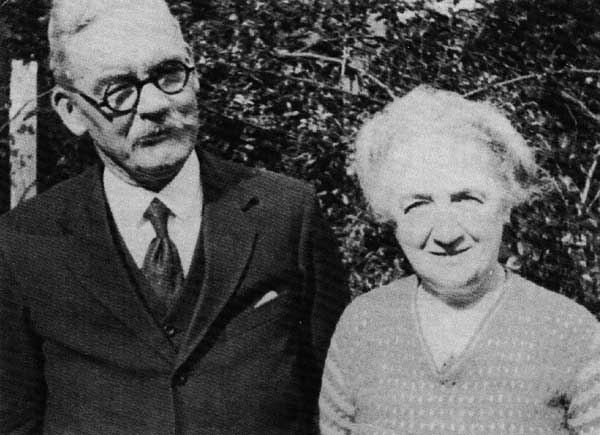





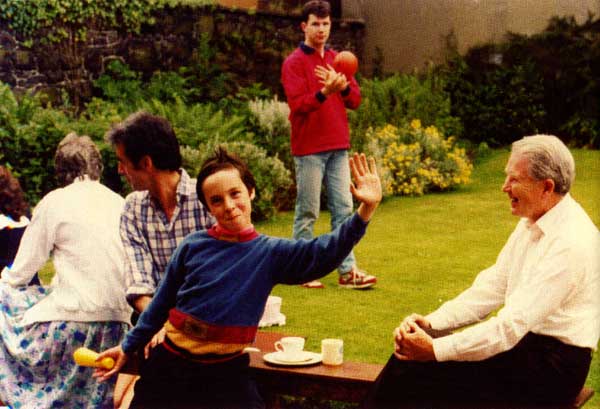
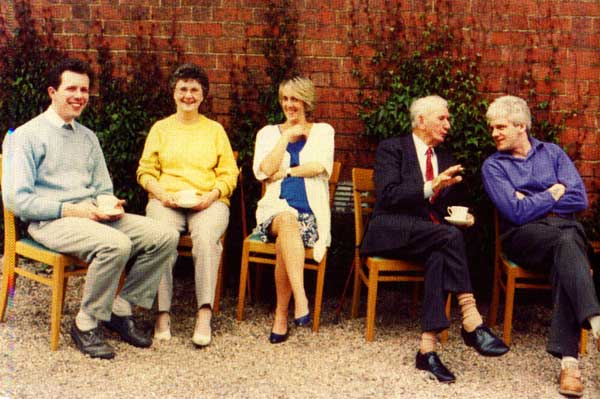
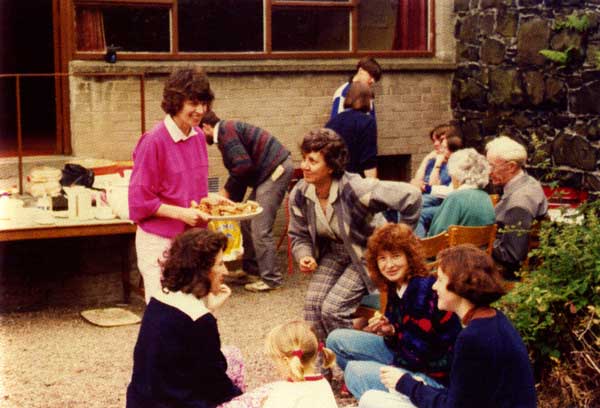
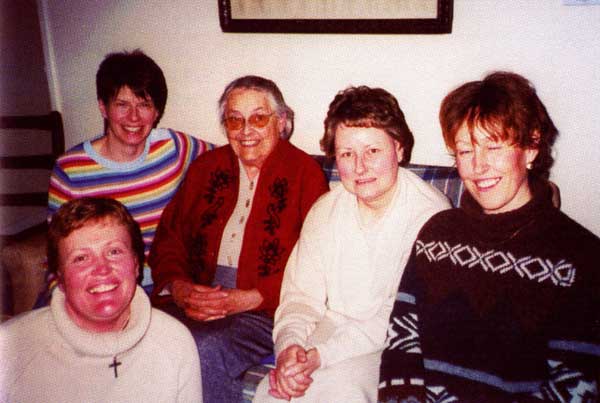

If you would like to contribute then please click on the Donate button.
Thank you for your support.